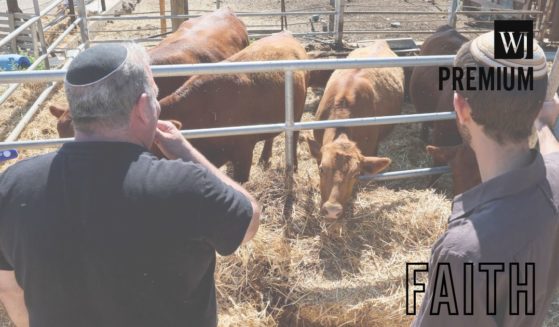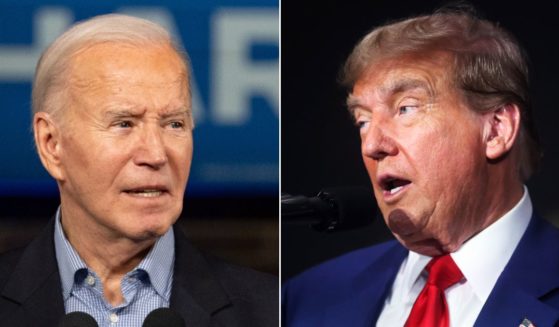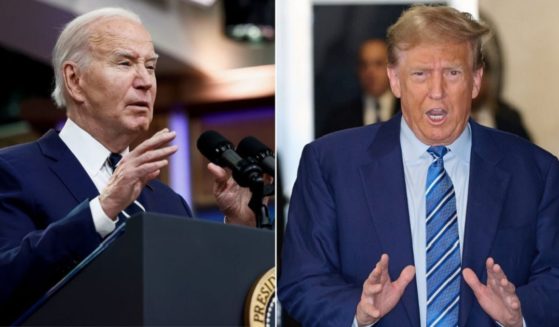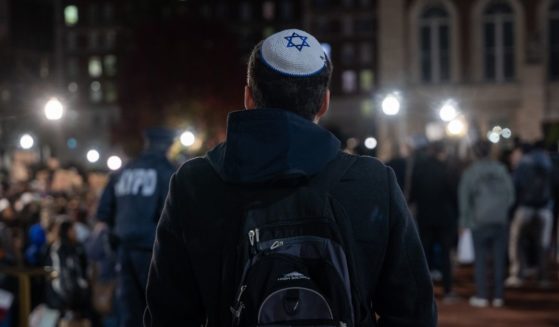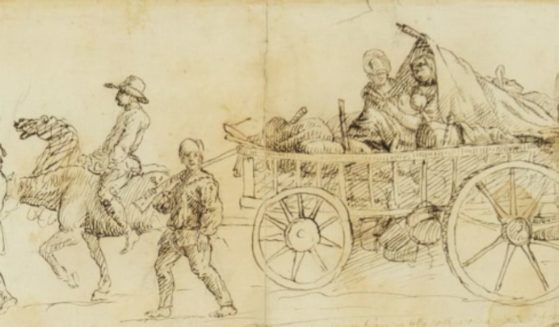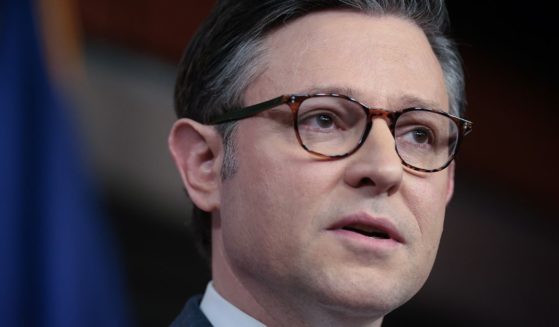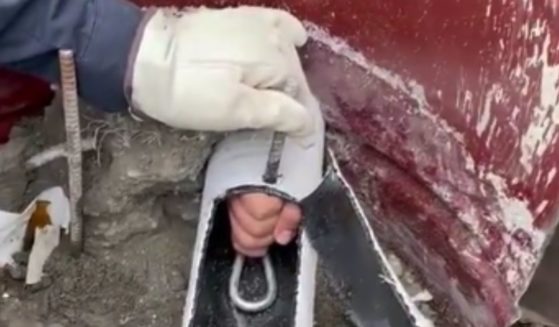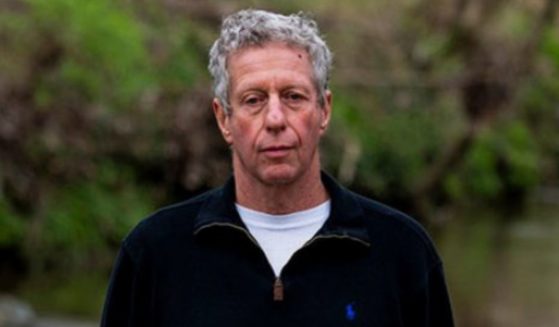Response: It's Not Just Warren: Dems Are Creating a Fake Indian Tribe in NC & the Cherokee Aren't Happy
The Western Journal is running this Op-Ed as a response to former Rep. Bob Barr’s Op-Ed titled “It’s Not Just Warren: Dems Are Creating a Fake Indian Tribe in NC & the Cherokee Aren’t Happy,” which appeared on our website on March 4. – Ed. Note
In his article, Bob Barr used one Paul Heinegg to strengthen his position, when in fact Mr. Heinegg’s writings about the Lumbee people have been refuted many times over.
Here is a condensed history of my people from the 1500s to 1934. The history after that is readily available in any library.
First, I am going to give you just a little history of the names of Indian tribes. The tribal names you see on maps and in books today are not the names the people called themselves but names their enemies called them. Most are derogatory in nature, but since they are the only names the U.S. government ever knew them by, those are the names they use.
The Cheraw Tribe (various spellings include Charaw, Charraw, Sara, Saraw, Saura, Suali, Sualy, Xualla and Xuala) were a tribe of Siouan-speaking indigenous people.
The name our ancestors called themselves is lost to history but the Cherokee called us Ani-suwa’ii and the Catawba called us Sara (“place of tall weeds”). The Spanish and Portuguese called their territory Xuala (or Xualla). The later English colonists spelled their name Saraw, Saura, Suali, Sualy, Charaw, Charraw, etc. in an attempt to transliterate its sound.
The early explorer John Lawson included them in the larger eastern-Siouan confederacy, which he called “the Esaw Nation” (which is just the name of the place where they lived).
It is said that our ancestors were encountered by de Soto in the mountains near present-day Asheville and Henderson, Polk and Rutherford counties in North Carolina in 1540. In 1600, they may have numbered 1,200. By 1672, they had moved to the Stokes County region, where the Saura Mountains are. Prior to 1700, they moved near the Dan River on the present Virginia-North Carolina border.
The Bear Clan of the Cheraw Tribe were hunter-gatherers who traveled from the southern shores of the Dan River in northern North Carolina to the “Place of the Three Rivers” in what later became Craven County, South Carolina.
They were always in search of new lands and people to trade with; they never stayed in one place long. In the late 1680s & ’90s, the Bear Clan moved south to what was then Craven County, South Carolina. Then around 1700, the rest of the Cheraw Tribe moved from the Dan River south to what was then the colony of South Carolina but much of which has since changed to North Carolina. Our warriors joined Col. Barnwell and fought in the Tuscarora War in 1710-1712.
In 1711-1712 we returned to the border area with our captives and began to live our lives the same as before the war. We soon learned that the colonists had lied to us about our being able to keep our land as payment for our help in the Tuscarora War and we joined with the Yamassee to make war against the colonists. The rest is history that most of us already know.
In 1934 the Bureau of Indian Affairs sent John R. Swanton, the eminent anthropologist from the Bureau of American Ethnology, and Indian Agent Fred Baker to determine the origins and authenticity of the Indians of Robeson County (now know to be the Lumbee Tribe of North Carolina).
Swanton speculated that Robeson’s Indians were of Cheraw and other eastern Siouan tribal descent. (Something the members of the Bear Clan always knew.)
Why and how, you may ask, did he come to this conclusion? Simply put, the elders of our people told him of our history.
The Cheraw were in the process of seeking federal recognition and the results of BIA investigation drove a wedge between the Cheraw, the Tuscarora and the ones who wanted to be called Cherokee and the three groups split.
Because of this, North Carolina’s white politicians abandoned the recognition effort of the Cheraw until the two largest factions, Cheraw and Tuscarora (North Carolina still does not recognize the Tuscarora presence here), agreed on an identity. The elders said that since all the groups shared the use of the same river then it would seem right to name the group after the river, thus the name Lumbee.
As for what the Cherokee think of us, I really don’t care.
And last but not least, I am an independent but vote Republican because I can still remember the Democratic farm owner coming to our house telling my parents how to vote. Of course this caused us to have to move a lot back then.
The views expressed in this opinion article are those of their author and are not necessarily either shared or endorsed by the owners of this website. If you are interested in contributing an Op-Ed to The Western Journal, you can learn about our submission guidelines and process here.
Truth and Accuracy
We are committed to truth and accuracy in all of our journalism. Read our editorial standards.


